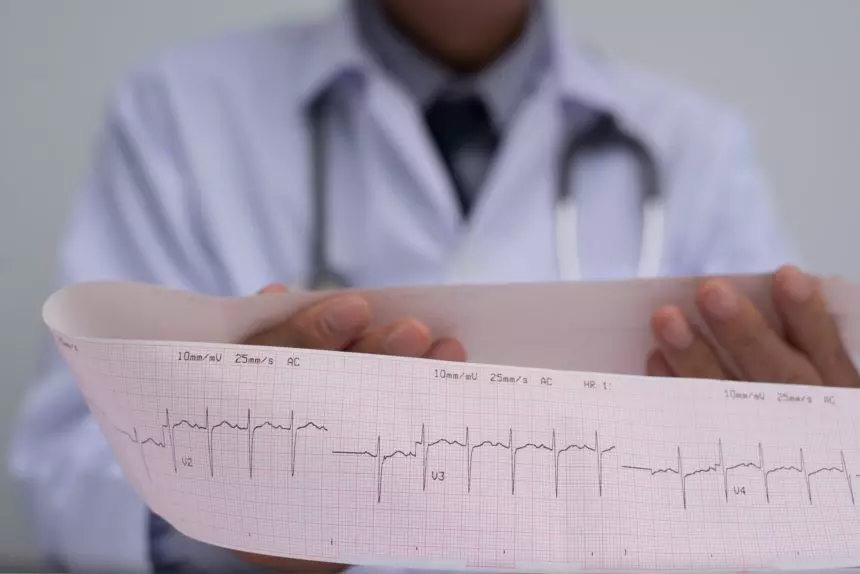Deep learning model helps in identifying the risk of complete heart block, finds JAMA

A new study published in the Journal of American Medical Association showed that patients at risk for complete heart block (CHB) may be risk-stratified using the AI-ECG model known as AIRE-CHB, which might inform therapy choices such empirical pacemaker insertion or rhythm monitoring.
Ventricular standstill, syncopal damage, and abrupt cardiac death are all possible outcomes of complete heart block, a potentially fatal condition brought on by severe conduction system dysfunction.
When there are no reversible reasons of CHB, permanent pacemaker (PPM) implantation is the therapy of choice. The gold standard for diagnosing CHB is an electrocardiogram (ECG). The difficulty in diagnosing CHB is that the conduction system illness may be intermittent, and the ECG may not exhibit signs of high-grade atrioventricular (AV) block at the time of recording.
Recent research has demonstrated the great potential of artificial intelligence-enhanced ECG (AI-ECG) to identify concealed cardiovascular illness and forecast future disease risk. The goal of this work was to create an AI-ECG risk estimator for CHB (AIRE-CHB) that could forecast incident CHB.
The UK Biobank volunteer cohort served as the external validation for this cohort research, which was a development and external validation prognostic study carried out at Beth Israel Deaconess Medical Center. more than 31 days following the ECG, a new CHB diagnosis. AIRE-CHB was trained to predict incident CHB using a residual convolutional neural network architecture with a discrete-time survival loss function.
The Beth Israel Deaconess Medical Center cohort comprised 189,539 patients’ 1,163,401 ECGs. With an area under the receiver operating characteristics curve (AUROC) of 0.889 (95% CI, 0.863-0.916) and a C index of 0.836 (95% CI, 0.819-0.534), AIRE-CHB forecasted incidence CHB within a year.
By contrast, bifascicular block was associated with an AUROC of 0.594 (95% CI, 0.567-0.620). When compared to the low-risk group, the adjusted hazard ratio (aHR) for the development of incident CHB was 11.6 (95% CI, 7.62-17.7; P <.001) for participants in the high-risk quartile.
The C index for incident CHB prediction in the UKB UK Biobank cohort, which included 50,641 ECGs from 189,539 patients, was 0.936 (95% CI, 0.900-0.972), and the aHR was 7.17 (95% CI, 1.67-30.81; P <.001). Overall, an unprecedented deep learning algorithm determined the likelihood of event CHB. The model’s credibility was established through thorough evaluations of explainability and biological plausibility.
Reference:
Sau, A., Zhang, H., Barker, J., Pastika, L., Patlatzoglou, K., Zeidaabadi, B., El-Medany, A., Khattak, G. R., McGurk, K. A., Sieliwonczyk, E., Ware, J. S., Peters, N. S., Kramer, D. B., Waks, J. W., & Ng, F. S. (2025). Artificial intelligence–enhanced electrocardiography for complete heart block risk stratification. JAMA Cardiology. https://doi.org/10.1001/jamacardio.2025.2522



